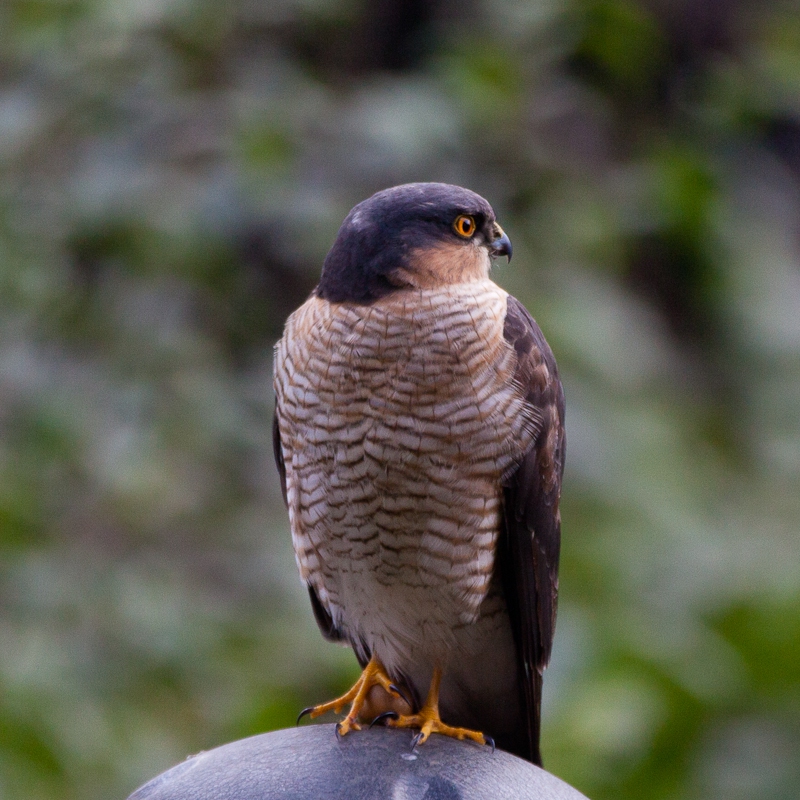It still amazes me how many people always congregate at the weir in the River Kelvin to admire the heron fishing on the far side, and how few people actually notice this lovely loud and active little bird when walking along the river.
The dippers loud call ‘zit, zit, zit’, similar to that of the wren, is a dead give away. On hearing bird’s call, it is always easily spotted due to its white chest and continuously bobbing movements.
This afternoon, I spotted this dipper on the other bank with the wreck of a car as a backdrop, making for a contrasting image. After the bird moved along the bank a little, I got the opportunity to take some shots ‘unspoiled’ by men, getting as close as possible by stepping on some stones in the water. When I turned to step back onto the bank of the river, I realised that I was the attraction of passers by. My jaw dropped when they asked me what on earth I was taking a picture of.
It’s a very wise dipper, staying on the safe and dark side of the river, as far away as possible from the walkway, busy with people and dogs. The little dipper is undeterred by the action on the other side of the river, and is continuously bobbing on the rocks and dipping in and out of the water. Occasionally, it will swim on or even below water in search of food.
Unfortunately, the river is too wide at this point to get close enough, even with 400mm, so the shots below are heavily cropped, in addition to being taken at high ISO and slow shutter speeds.

